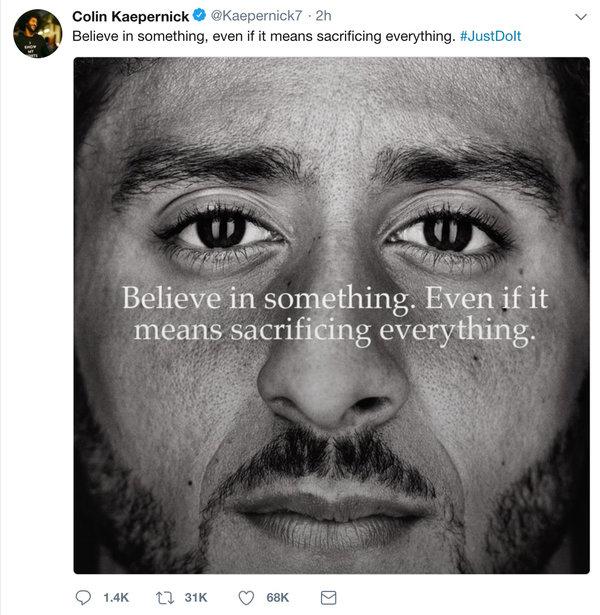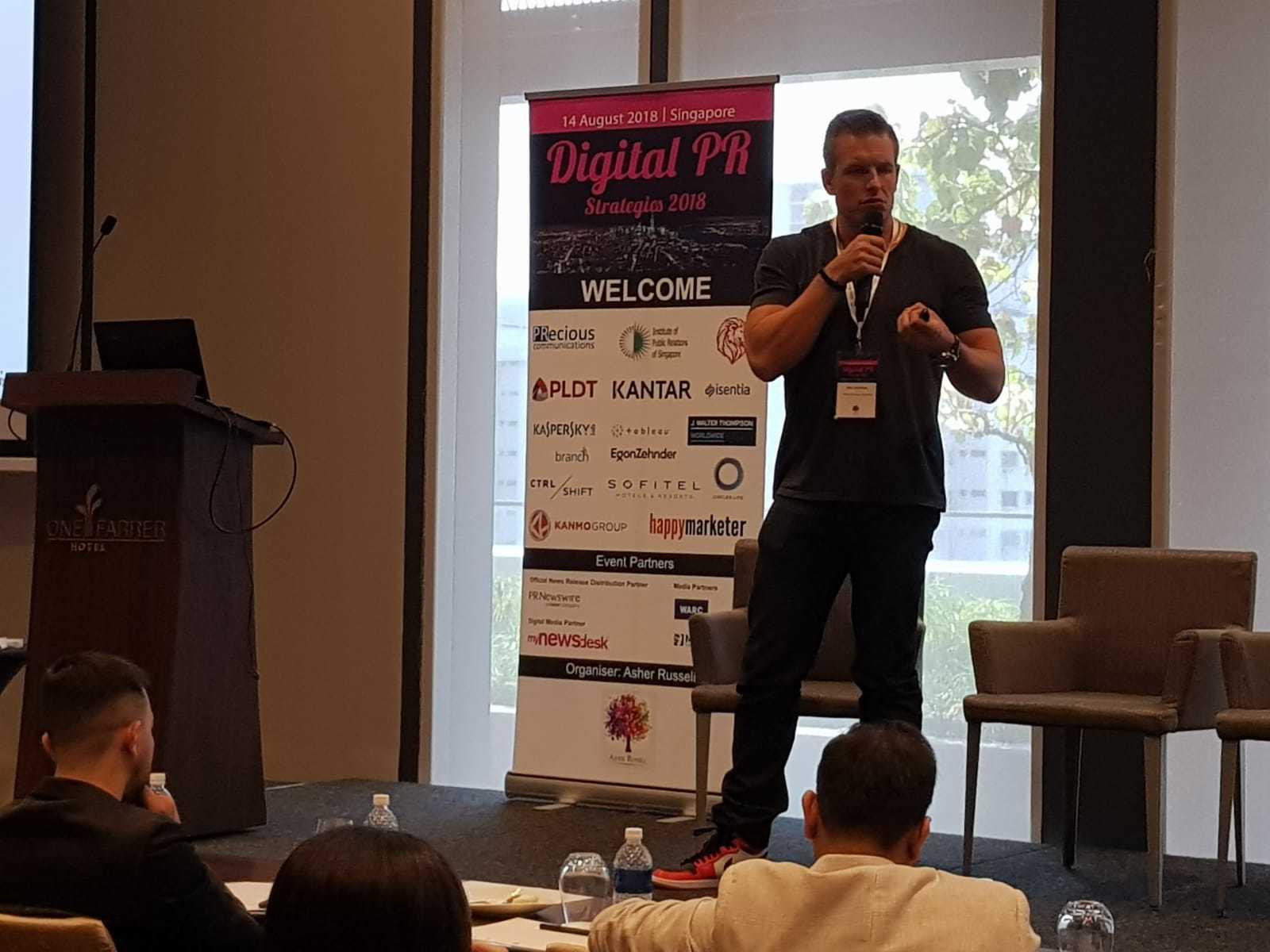
Even the cover art is causing hype. Superflat art piece by Takashi Murakami
As I am writing this, I am listening to “Kids See Ghosts”. It is a collaborative effort by Kanye West and Kid Cudi and in its short 7 song glory one of the best albums of the year. Before that Kanye West´s G.O.O.D. Music label released Pusha-T´s Daytona, album that is even better. Kanye West also has released his own solo (not too big of a fan) and there are additional two albums (from Nas and Teyana Taylor) coming in next two weeks.
We are seeing unleash of new music quite unprecedented in music history with combination of scandalous headlines. No matter what are your views about Kanye, it is very hard to dispute his mastery in creating art and also making people talk about that art.
- Understand the new economy
The age of traditional record industry with physical sales is over and now it is all about streaming. Kanye West´s Ye has had 180 million streams and Kanye West ties with Eminem and Beatles as an artist with eight consecutive Bilboard Number 1s. The hype machine around the five week flurry of G.O.O.D Music has been massive and they are constantly topping streaming charts. The mechanics of being popular in streaming are fundamentally different than in physical world. You need to get people hooked immediately.
- Polarizing is better than boring
Supporting Trump? Using Whitney Houston´s bathroom as a cover art? Saying “slavery is a choice?” Using naked look-a-like of your wife to promote an album?
It is hard to agree or approve some of the latest moves by Kanye, but that is besides the point. He is creating news and regardless of your views about him, it is hard to not notice. For majority brands the problem is not that people are talking negative things about you. It is that no one is talking about the brand. We live in attention economy and Kanye West is the master of attention.
- Always-in-beta
Starting from Life of Pablo, Kanye West has reinvented the album form. Ye-album was still being tweaked right before the last minute of record listening party. Before the new album, he teased (or trolled) the audience with song “Lift Yourself” consisting of following lyrical mastery:
Poopy-di scoop
Scoop-diddy-whoop
Whoop-di-scoop-di-poop
Poop-di-scoopty
Scoopty-whoop
Whoopity-scoop, whoop-poop
Poop-diddy, whoop-scoop
Poop, poop Scoop-diddy-whoop
Whoop-diddy-scoop
Whoop-diddy-scoop, poop
Internet was baffled and the song was not in the actual album. With the current timespan of pop songs and Internet full of memes and weird content, Kanye is essentially acid testing different ideas that might be genius or insane. They all contribute to this attention economy that drives streams, concert ticket sales and shares. With the five albums with set release dates, they need to also be released. Art does not live in isolation without connection to the audience. Kanye and his crew are breathing “done is better than perfect” mantra of successful start-ups.
- Let your team shine
As one of the most well-known artists in the planet, Kanye West did not just release his own album. He orchestrated 5 weeks of the most talked about musical releases. The sequencing of the albums was brilliant. Insanely strong Pusha-T Daytona started this music unleash. He had not released album in three years so there was lots of hype and the strong quality made it talked about. Ye-album by Kanye would have been hit in any case and in fine way it set the way for Kids See Ghosts (that is objectively listening the better album). Next we will have Nas, who naturally has strong own following and huge interest with his collaboration with Kanye. Teyana Taylor is probably the least well-known of the artists so it makes sense to end with her album as everyone has been raving about the different albums for five weeks.
Kanye lends his star aura to his protégés, but at least in Pusha-T album does not take over. Good leaders are not hogging the limelight to themselves but they use their clout to put their star team members on pedestal.
- Reinvent the form
Lately many new albums have been too long and too boring. Culture II by Migos was 1 h 45 minutes. While it had good songs, also plenty of fillers. All of the new G.O.O.D. Music releases are only seven songs and about 20 minutes, that is less songs than in the latest magnum opus (in length, not in quality) from Chris Brown. When competitors are doing things certain way, it might sense to go opposite route. The short and condensed form is also perfect for streaming. Sometimes constraints also help to create the best art.
There are not many artists that are not only creating popular culture, but are truly shaping it. Kanye West is one of them.








